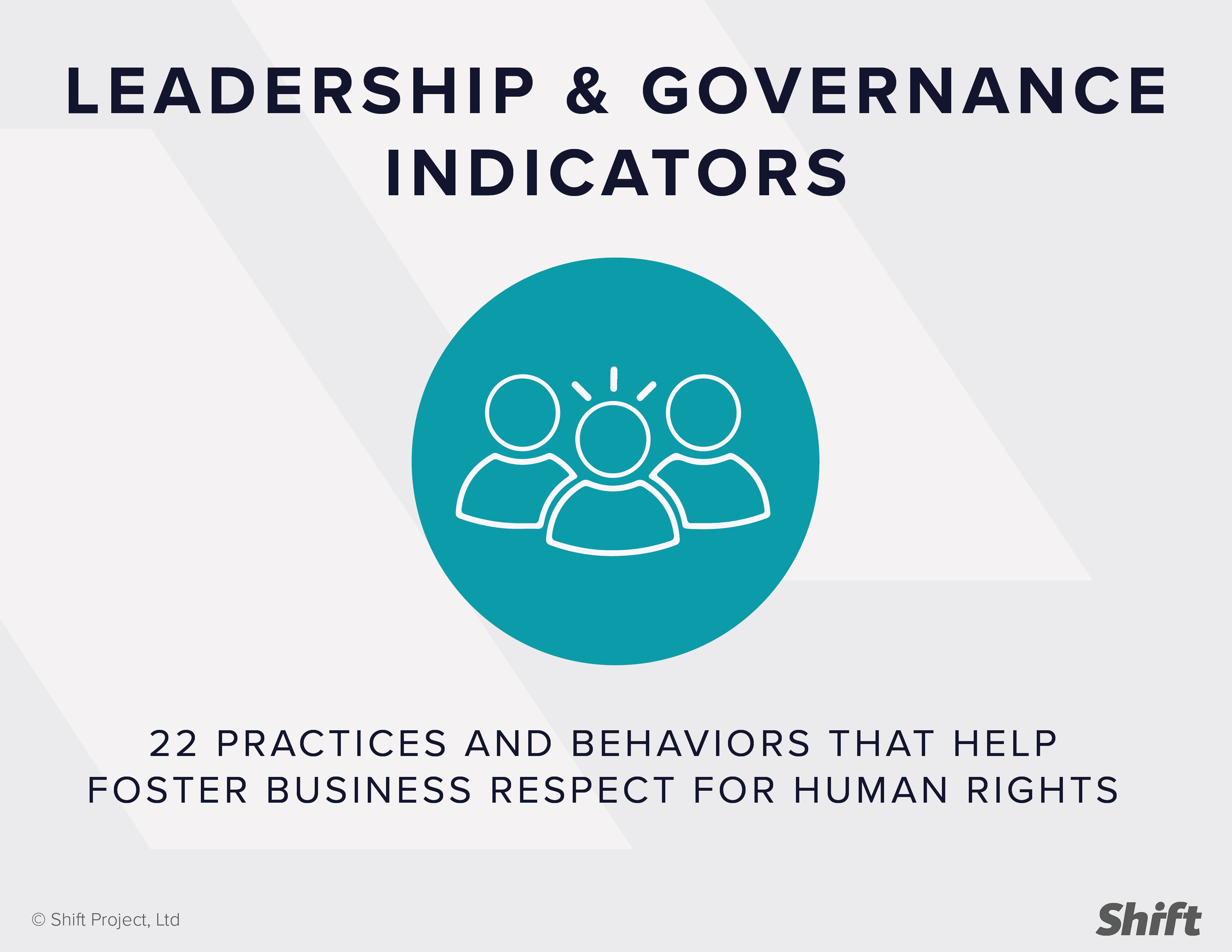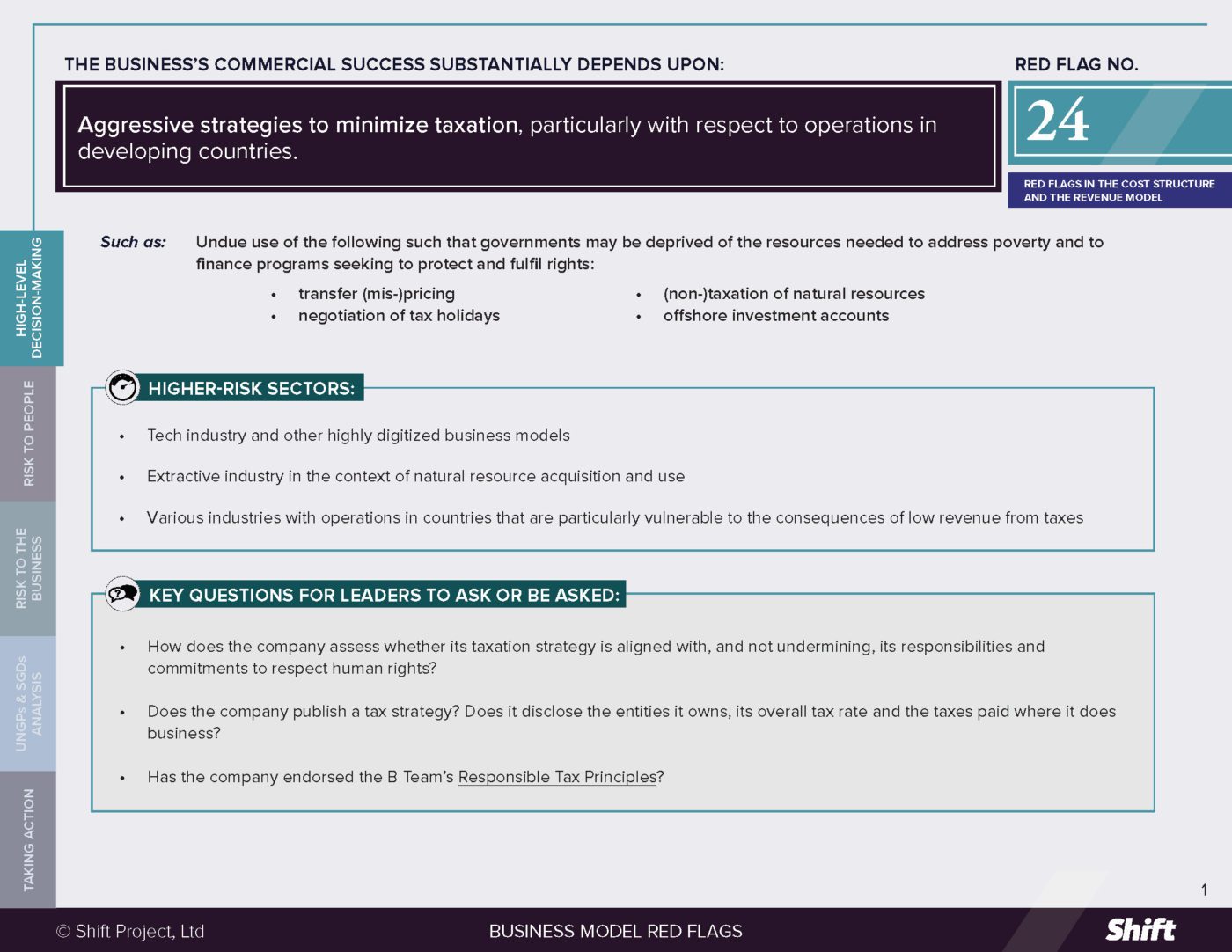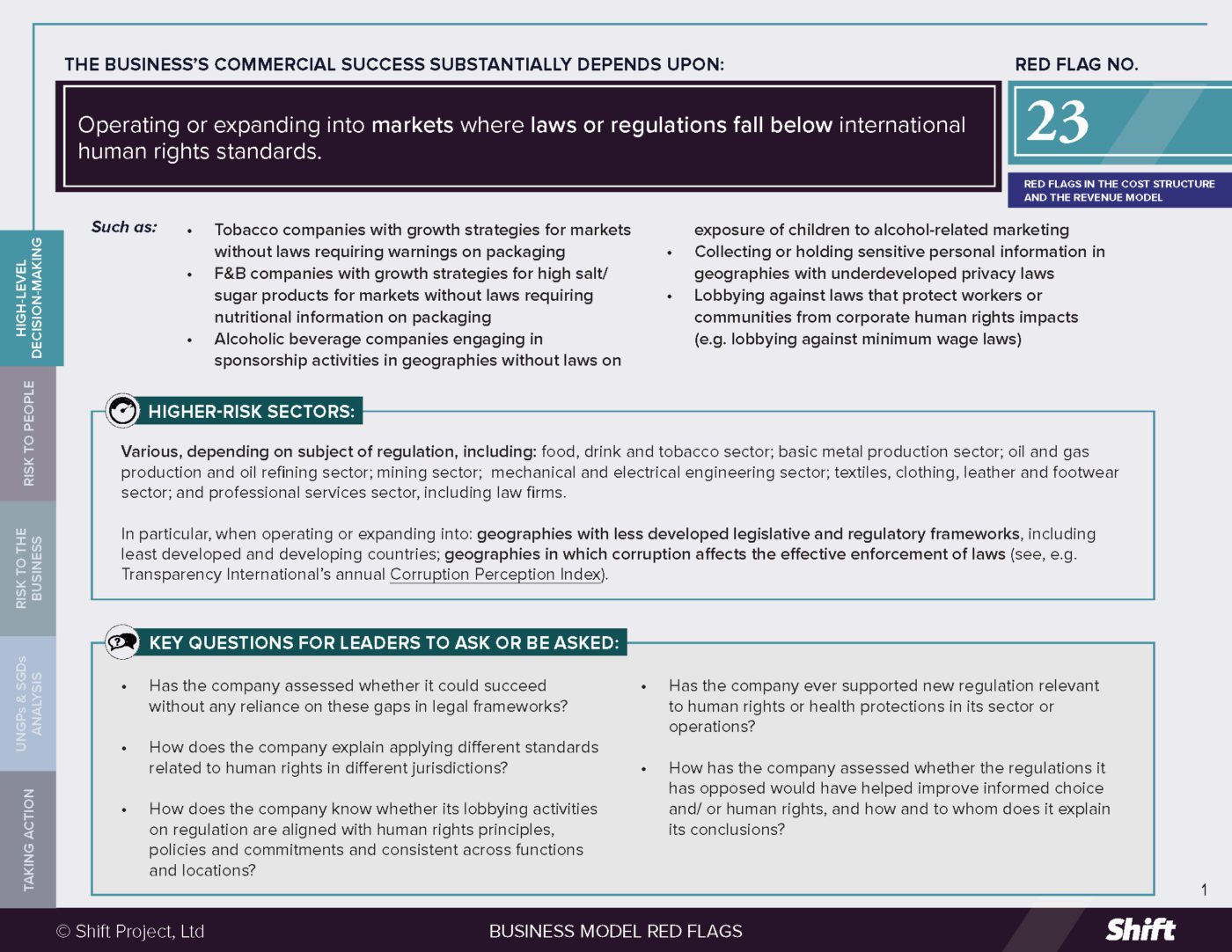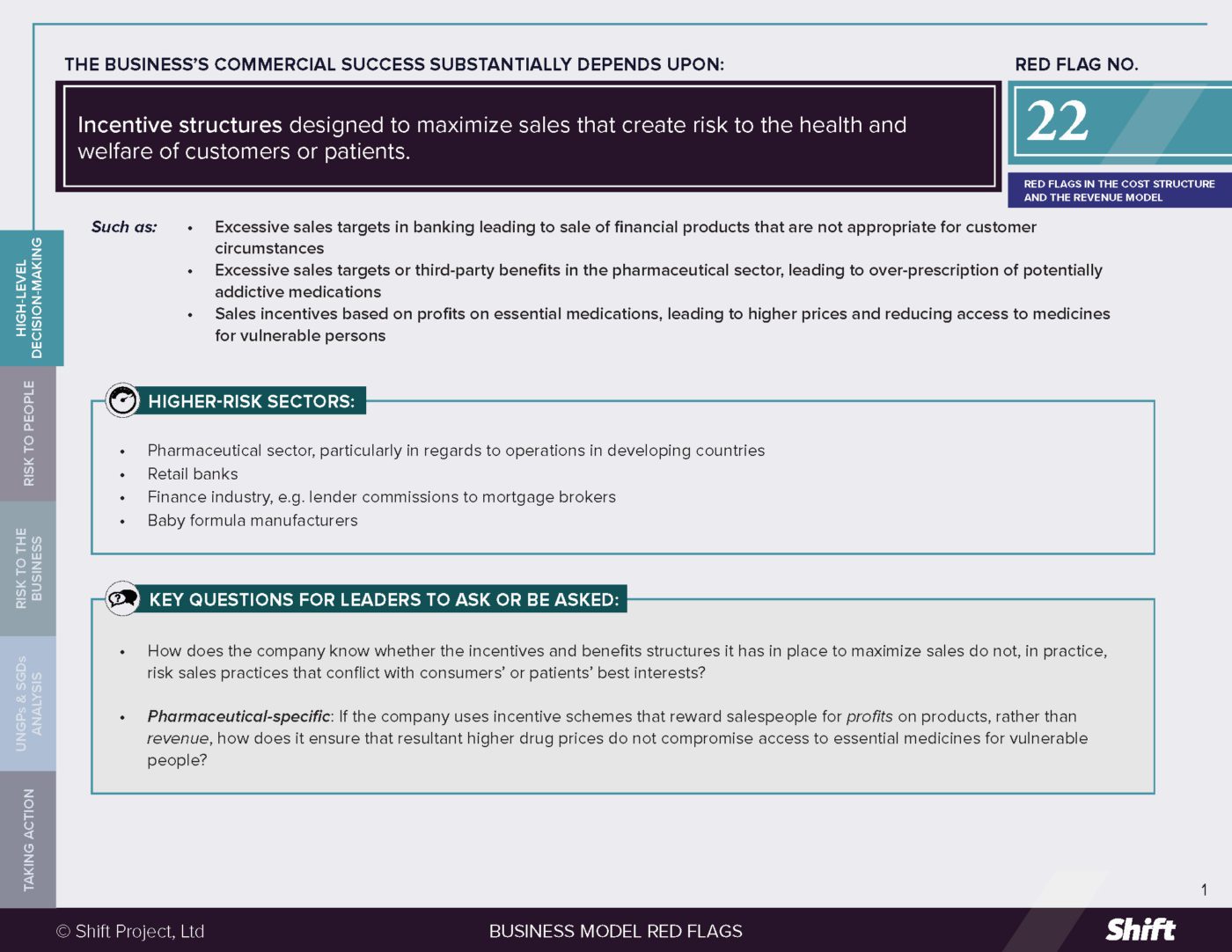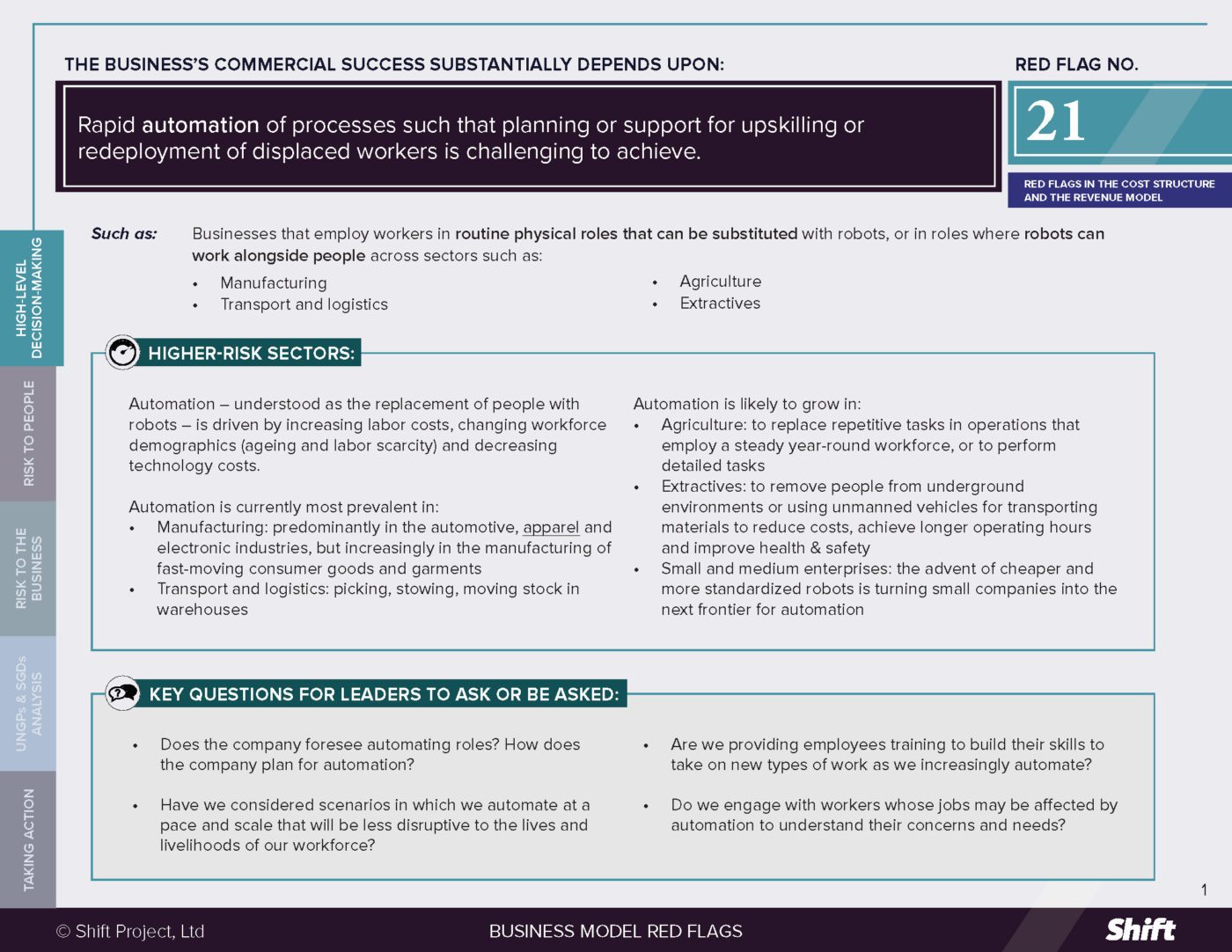How to use this resource
There are 10 Governance Indicators and 12 Leadership Indicators. You may use the purple bar below to filter them by each of the four features of corporate culture: authenticity, empathy, accountability and organizational learning. Hover over the “i” next. to each indicator to preview its full title. Once you’ve picked the ones you want to download, select them by clicking on the circled number of each indicator and choose ‘Download All Selected’. You may also choose to download the full series or to download a high level menu. To learn more about how each Indicator is structured, please see this page. For support, please contact communications [at] shiftproject [dot] org.

 Business Model Red Flags
Business Model Red Flags  Tool for Indicator Design
Tool for Indicator Design 